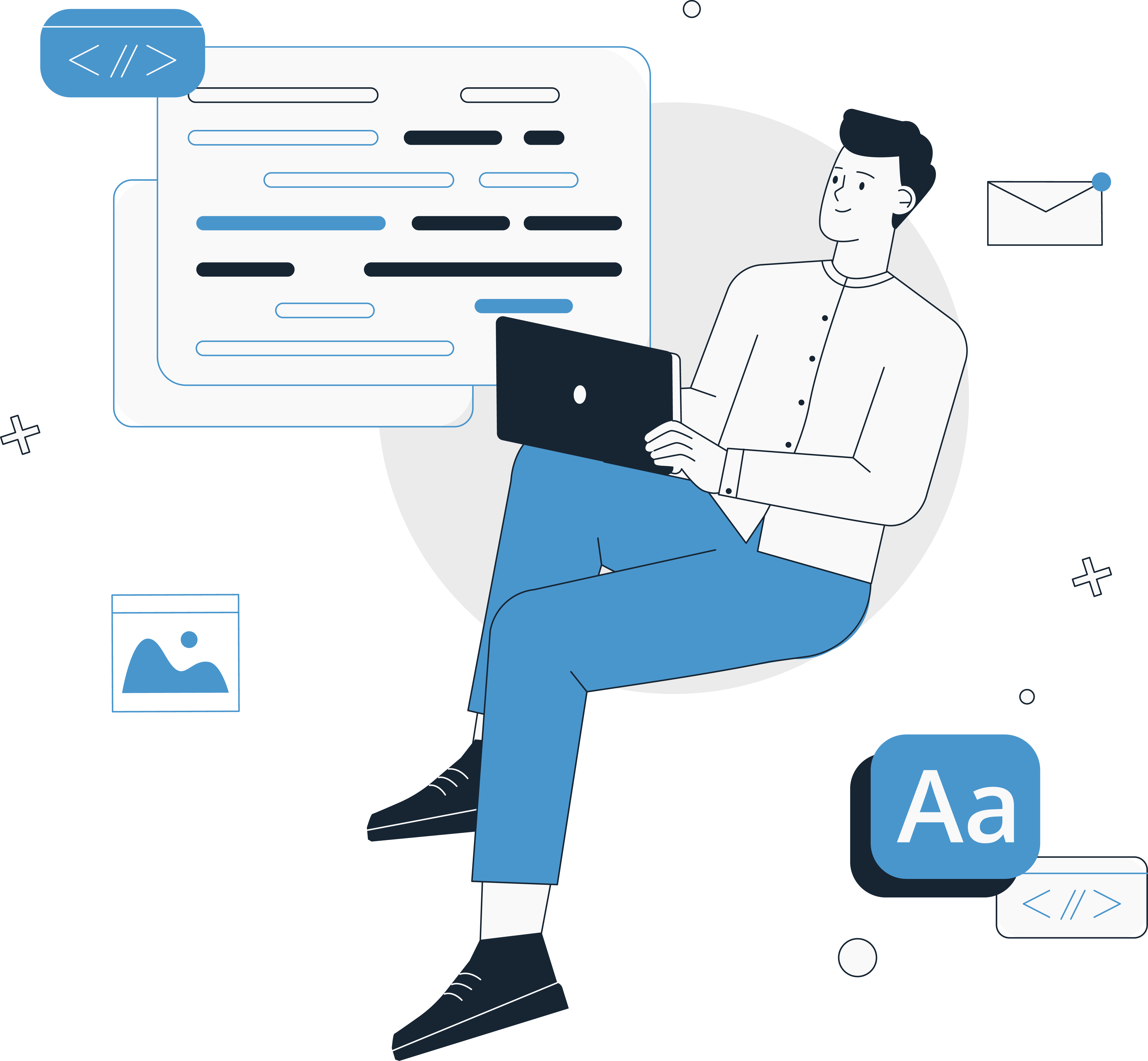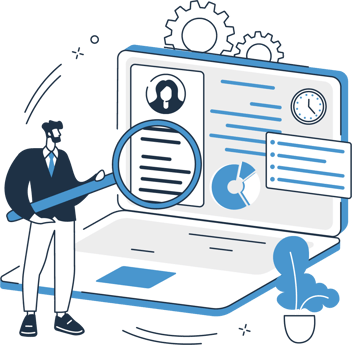
Schools operate a plethora of different software and digital platforms; from school management systems to learning management systems, analytics platforms or even your school website.
As the daily users of your software ecosystem move between systems to complete their tasks, they are exposed to various channel experiences. The world leaders in research-based user experience, Neilson Norman Group, explain how these experiences are influenced by elements such as visual design, content, tone of voice, and functionality. Their research shows that creating consistency among these elements is important for a number of reasons, including:
- Familiarity and Confidence - setting expectations for future interactions with your organization and building user confidence.
- Learnability - consistent experiences are more learnable for users who have interacted with your ecosystem before.
- Efficiency - users can complete tasks faster and more efficiently.
- Trust - consistent experiences across channels will earn users’ trust and build credibility.
So, let's take a look at four different ways schools can create a seamless software experience for their community.
1. Integrations
When you have many systems in place, it's vital that they work together and share information to operate efficiently. Disparate systems can create silos of data, require extra work for your staff, and result in a confusing user experience, as they may need to double handle data in multiple systems or track down the most recent information.
Choosing systems that integrate and securely share data will improve the user experience by giving your community access to the most up-to-date data, no matter what system they are in.
For example, if a teacher is investigating trends in a student’s grades using a learning analytics solution that integrates with their learning management system, they can rest assured that the grades displayed in both systems will be the same. This means that people aren’t confused about where to go for information since it will be accurate everywhere.
2. Deep Linking
Even if your systems are all connected perfectly, staff will still need to navigate between platforms to complete their day-to-day tasks. One way to make the transition between commonly used systems easier is through deep linking.
Deep linking is a feature within some systems that allows your IT Team to create links within one system that send users directly to specific pages within another connected system.
For example, users of the Learning Analytics Suite can create links in systems like Schoolbox, Canvas, or their school intranet that send users directly to specific pages within the Learning Analytics Suite, saving staff time by removing the need to launch and navigate a separate system.
Giving staff, students, and parents timely access to information when needed reduces barriers and makes your software ecosystem easier to navigate.
3. School branding
Building an identifiable brand is key to making your school immediately recognisable and helps you stand out from other schools in your area. As such, carrying colours, logos and imagery through to your software ecosystem is just as important as anywhere else in your school.
Keeping your systems visually familiar to your users across systems will create a more seamless user experience when moving from platform to platform. Wherever possible, try to make your software appear as a natural extension of your school's website.
4. Secure Single Sign-on
Implementing secure Single Sign-on (SSO) allows staff to log in once to access multiple systems within the same browsing session, reducing the number of times a user has to log into various systems.
A consistent sign-on experience means users know exactly what to expect when signing in and when it is safe to authenticate. Not only does this speed up the authentication process, but it also means users only need to remember one set of login credentials, which provides a better user experience, and fewer calls to your school's IT team for password resets.
Taking the proper steps to create a seamless experience for the daily users of your software ecosystem is going to increase productivity and user acceptance of your chosen systems. Putting in the effort to present a unified experience is about more than just user convenience - keeping a cohesive experience and tone can make users feel like members of your school's community, rather than generic customers, helping you maintain happy families from initial enrolment through to graduation.




